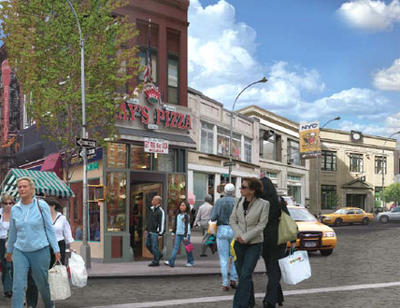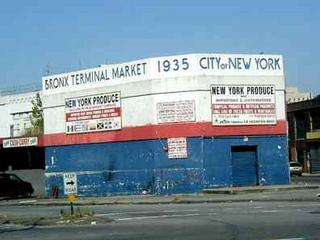
A professor and some of his students at the Columbia Graduate School of Architecture have been developing a concept called Vertical Farming, or indoor farming. The idea goes well beyond growing hothouse tomatoes. Vertical Farms are many stories high, very technical and situated in urban centers. The students have proposed some fascinating designs, one of which would operate on the
Gowanus Canal in
Brooklyn. Why vertical farming? According to the
website, we won’t be able to feed the world’s growing population (which will increase by 3 billion people by 2050, the vast majority of which will live in urban centers). Of course, we’ve been contemplating dire population growth v. food shortage theories since the late 1700s (i.e. the Thomas Malthus
catastrophe). But the vert farm folks estimate that, if traditional farming practices continue as they are today, additional arable land larger than the size of
Brazil will be needed to feed everyone, and at present, more than 80 percent of the land that is suitable for raising crops is already in use. Who knows if these projections are even remotely on target, but there are certainly other reasons to contemplate Vertical Farms, such as a way to redevelop abandoned urban centers, like
Detroit, which apparently has
mature trees growing right through the roofs and windows of empty buildings. In more vibrant urban areas, there’s the problem of lost farmland close to cities, an issue that farmer’s markets have tried to address. And that’s nice, but farmer’s markets don’t exactly feed masses of people. A Vertical Farm could be much more productive and efficient.

 A most astonishing and useful article is online at The Architect's Newspaper, which summarizes 43 new development projects underway in New York City for a total of approximately 15 million square feet of new residential and commercial space (only a handful of these projects are adaptive reuse). As I type this, I am in
A most astonishing and useful article is online at The Architect's Newspaper, which summarizes 43 new development projects underway in New York City for a total of approximately 15 million square feet of new residential and commercial space (only a handful of these projects are adaptive reuse). As I type this, I am in 













